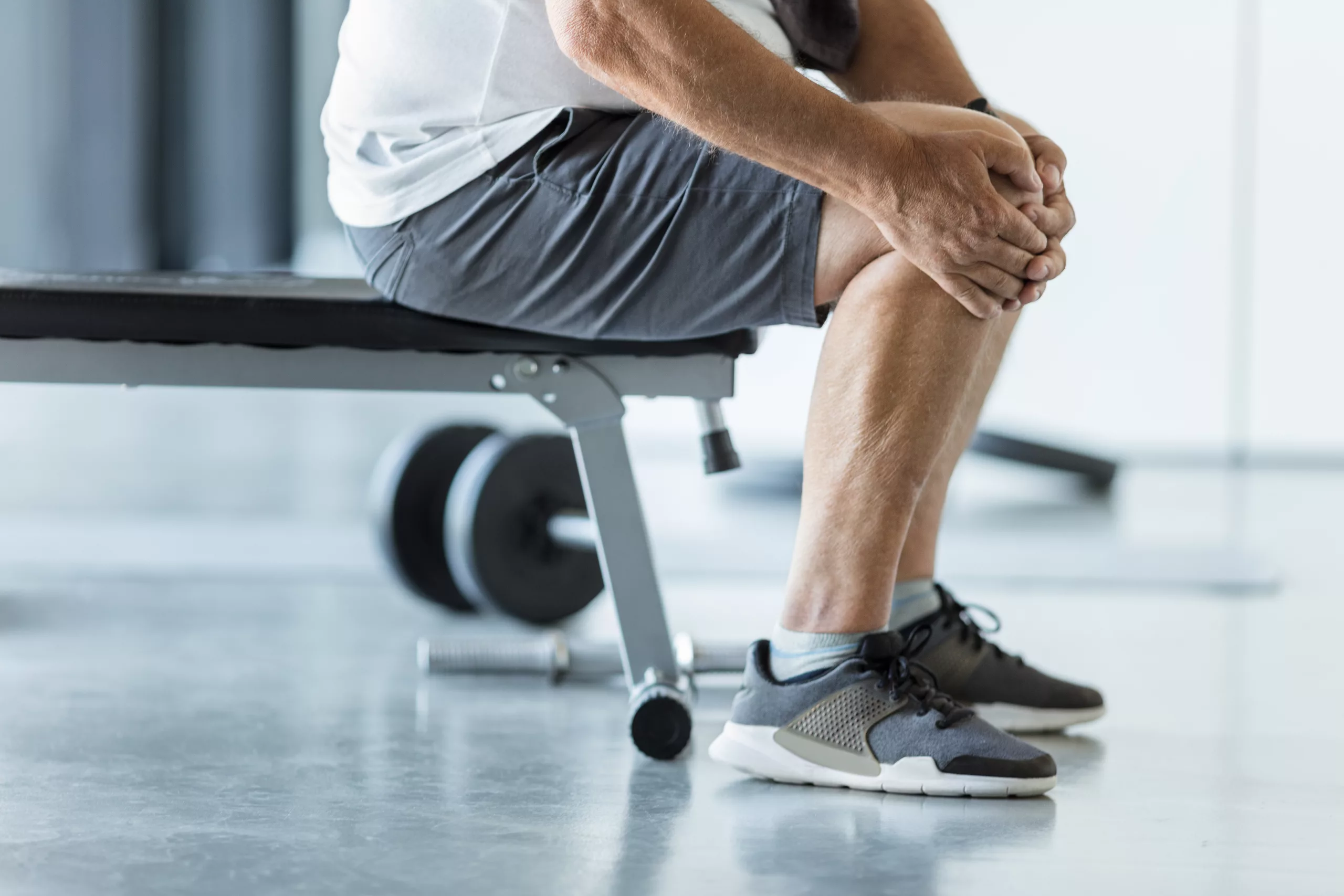
Understanding Meniscus Lesions: Guide to Sharp Knee Pain & Treatment
Are you experiencing a sharp pain in your knee when walking, squatting, or going up and down stairs? It could be a sign of a meniscus lesion. Knee pain is a common complaint amongst many individuals, both young and old, as well as athletes and the general population. One of the often-seen causes is a meniscus lesion. As a provider of physiotherapy in Edmonton, we frequently encounter patients with this knee injury. In this article, we’ll delve into what a meniscus lesion is, its causes, symptoms, and how physiotherapy can help alleviate the pain and aid in recovery.
Defining the Injury: What is a Meniscus Lesion?
A meniscal lesion is a tear in the meniscus, a crescent-shaped fibrocartilagenous structure in the knee that acts as a shock absorber. Think of the meniscus as the cushioning pad in your shoe; it provides comfort, stability, and absorbs the impact when you walk or run. Moreover, while both the medial (inner) and lateral (outer) menisci can tear, the medial meniscus is more susceptible due to its relative immobility and proximity to the ACL (a major knee ligament) and medial collateral ligament. These structures can often tear together, leading to the “unhappy triad.”
Healthy knee joint (InjuryMap, CC BY-SA 4.0, via Wikimedia Commons)
Root Causes of Sharp Knee Pain: Why Do Meniscus Lesions Occur?
Meniscus tears can arise from traumatic events or insidiously. Athletes, especially those involved in sports requiring repetitive pivoting or twisting, are at a higher risk. However, in older individuals, joint degeneration from arthritis can lead to meniscal lesions with minimal or no trauma.
Spotting the Issue: Key Symptoms of Meniscus Lesions
If you’re experiencing any of the following symptoms, it might be indicative of a meniscus lesion:
- A popping sound around the knee joint during the injury.
- Tenderness or pain along the joint line.
- A sensation of knee instability or locking.
- Sharp pain when weight-bearing or squatting.
- Significant swelling around or in the knee.
- A loss of range of motion with bending and straightening the knee.
- Muscular atrophy, especially in the quadriceps.
The Road to Recovery: Physiotherapy Treatment Approach
The treatment for a meniscus lesion depends on the type, size, and location of the tear. Here’s a general approach:
Non-Surgical Treatment
For minor tears, non-surgical treatment is typically the route taken. This approach aims to reduce swelling, regain full range of motion, normalize gait, and enhance quadricep function and strength. In the early phases, protection, rest, ice, compression, elevation, medications, and modalities, coupled with range of motion and muscle activation exercises are used. As the patient progresses, the focus shifts to stabilization, strengthening, and eventually returning to the pre-injury functional level.
Surgical Treatment
Larger tears or those causing persistent pain or locking might require surgery. An arthroscopic procedure is a common surgical treatment for meniscal lesions. This involves small incisions, allowing the surgeon to insert an arthroscope (a small camera) into the knee joint to repair or remove the torn cartilage.
Staying Active: Exercise Examples for Recovery
Early stage exercises will focus on range of motion and quads activation. Typical exercises include: heel slides, leg raises, and quad activations. Later stage exercises focus on restoring strength, balance, and proprioception. Typical exercises during this phase include: squats, lunges, single leg balance, and proprioception.
Hands-On Healing: Manual Therapy
Manual therapy can aid the healing process. Massage and stretching of tight muscles can help restore range of motion. Modalities like ice can be used to help manage swelling and muscle stimulation to aid in restoring quads function.
Conclusion
Meniscus lesions, while a generally common cause of knee pain, can significantly impact one’s quality of life. The good news is that with the right guidance and a dedicated exercise regimen, recovery is not only possible but highly probable.
Remember, while knowledge is power, self-diagnosis and treatment can be risky. While this blog provides useful information, it’s essential to see a trained professional for proper diagnosis and management. Every person is unique, and so is their recovery journey.
If you’re experiencing knee pain or suspect a knee injury, Connect Physiotherapy & Exercise’s physiotherapy services in Edmonton can help using a holistic approach to healing, combining manual therapy, tailored exercises, and personalized guidance to ensure you get back on your feet, pain-free.
References
De Carlo, M., & Armstrong, B. (2010). Rehabilitation of the knee following sports injury. Clinics in Sports Medicine, 29(1), 81-106.
Kim, S., Jeong, J., Cheon, Y., Ryu, S. (2004). MPP test in the diagnosis of medial patellar plica syndrome. Arthroscopy. 20(10):1101-1103.
Magee, D.J. (2014). Orthopedic Physical Assessment (6 th ed.). St. Louis, MO: Saunders Elsevier: St. Louis: MI.
Magee, D. J., Sueki, D. (2011). Orthopedic Physical Assessment Atlas and Video. Saunders Elsevier: St Louis: MI.
Moore, K. L., Dalley, A.F., Agur, A.M.R. (2014). Clinically Oriented Anatomy (7 th ed.). Balitmore, MD: Lippincott Williams & Williams.

